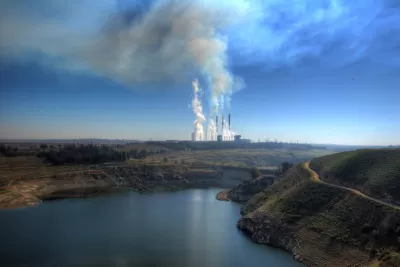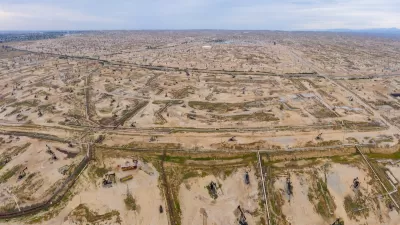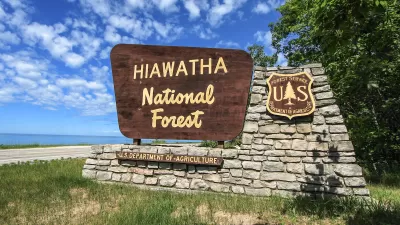Long considered unfeasible, direct-air capture of carbon dioxide has been achieved by a set of entrepreneurs. Scaled up, the expensive technology could slow climate change.

Akshat Rathi reports on a group of companies making significant strides on direct-air capture of CO2. Essentially, the process "consists of machines that work like a tree does, sucking carbon dioxide (CO2) out from the air, but on steroids—capturing thousands of times more carbon in the same amount of time."
Direct-air capture has been written off as financially unfeasible. "For the past decade, a group of entrepreneurs—partly funded by billionaires like Bill Gates of Microsoft, Edgar Bronfman Jr. of Warner Music, and the late Gary Comer of Land's End—have been working to prove those estimates wrong."
In a major step forward, "On Oct. 11, at a geothermal power plant in Iceland, [Switzerland's Climeworks] inaugurated the first system that does direct air capture and verifiably achieves negative carbon emissions." The machine is still at pilot scale, but it's also "the first system to convert the emissions into stone, thus ensuring they don't escape back into the atmosphere for the next millions of years."
Deployed at a far greater scale, direct-air capture could be an effective "insurance policy" against climate change. It would involve "spending $500 billion each year capturing carbon dioxide from the air. It seems outrageous, but it may not be if climate change's other damages are put in perspective—and that's what these startups are betting on."
FULL STORY: The world’s first “negative emissions” plant has begun operation—turning carbon dioxide into stone

Maui's Vacation Rental Debate Turns Ugly
Verbal attacks, misinformation campaigns and fistfights plague a high-stakes debate to convert thousands of vacation rentals into long-term housing.

Planetizen Federal Action Tracker
A weekly monitor of how Trump’s orders and actions are impacting planners and planning in America.

San Francisco Suspends Traffic Calming Amidst Record Deaths
Citing “a challenging fiscal landscape,” the city will cease the program on the heels of 42 traffic deaths, including 24 pedestrians.

Defunct Pittsburgh Power Plant to Become Residential Tower
A decommissioned steam heat plant will be redeveloped into almost 100 affordable housing units.

Trump Prompts Restructuring of Transportation Research Board in “Unprecedented Overreach”
The TRB has eliminated more than half of its committees including those focused on climate, equity, and cities.

Amtrak Rolls Out New Orleans to Alabama “Mardi Gras” Train
The new service will operate morning and evening departures between Mobile and New Orleans.
Urban Design for Planners 1: Software Tools
This six-course series explores essential urban design concepts using open source software and equips planners with the tools they need to participate fully in the urban design process.
Planning for Universal Design
Learn the tools for implementing Universal Design in planning regulations.
Heyer Gruel & Associates PA
JM Goldson LLC
Custer County Colorado
City of Camden Redevelopment Agency
City of Astoria
Transportation Research & Education Center (TREC) at Portland State University
Jefferson Parish Government
Camden Redevelopment Agency
City of Claremont





























